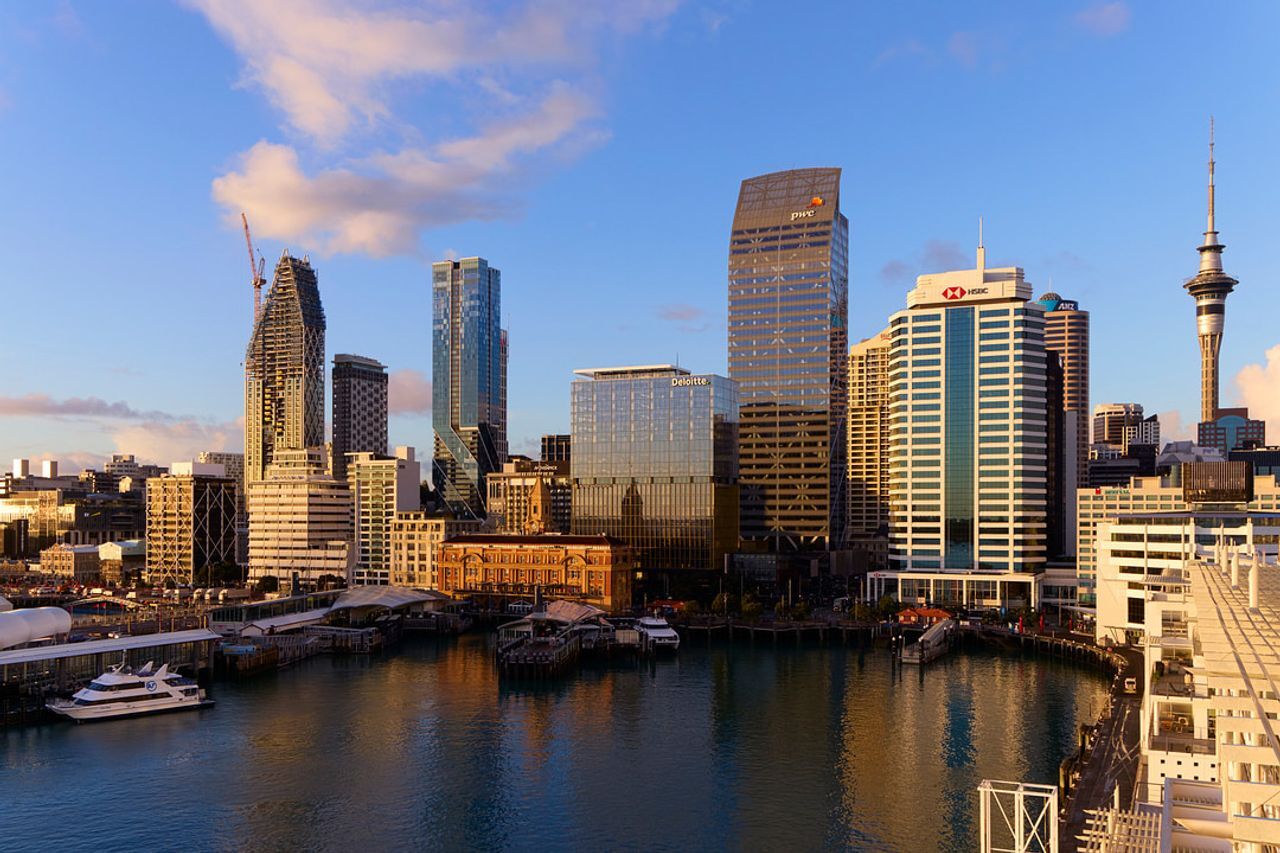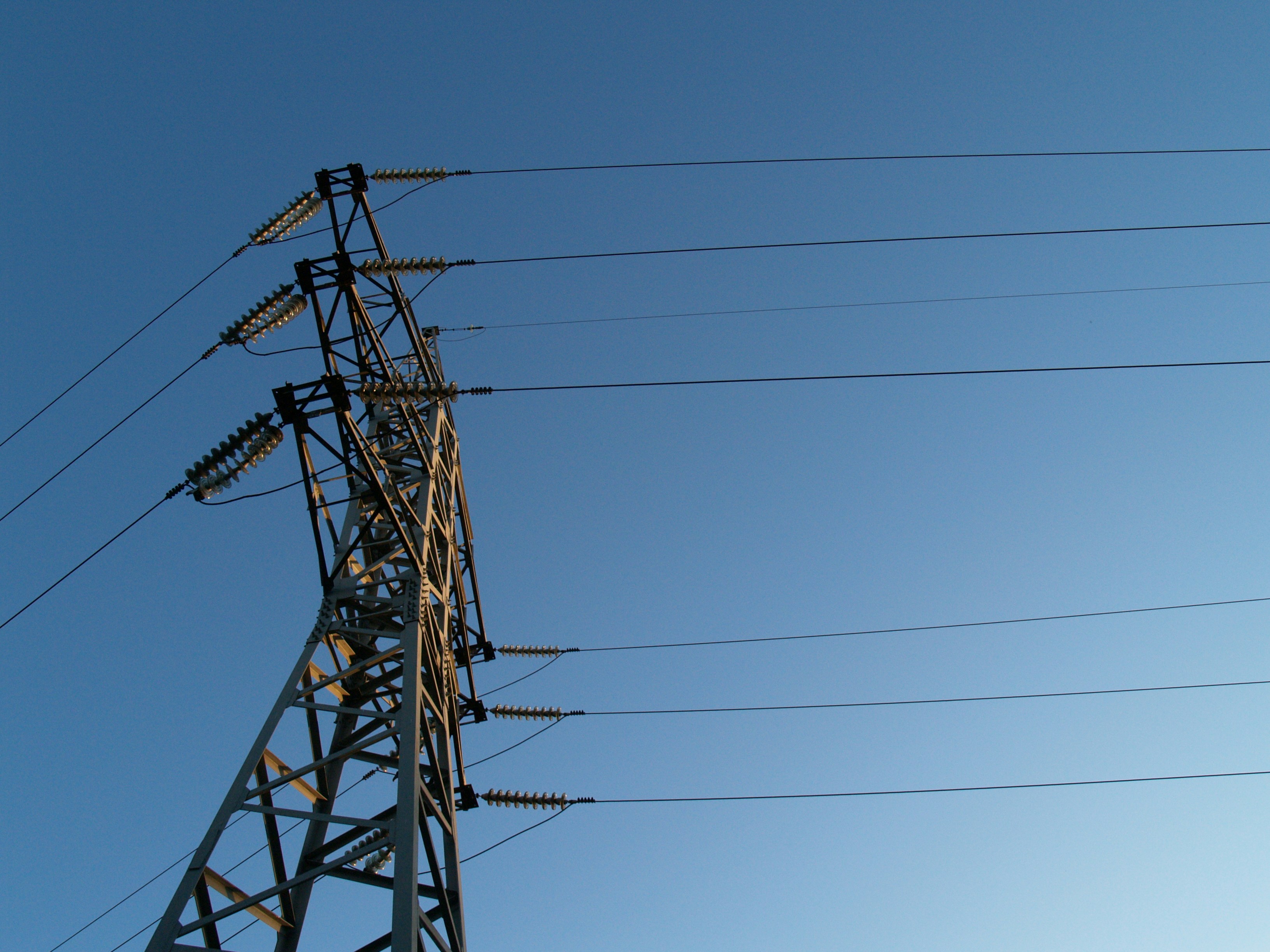The government has just received new advice and recommendations from the Climate Change Commission, intended to guide Aotearoa to a healthy, zero carbon country by 2050.
The built environment is responsible for 20% of New Zealand’s emissions, so clearly has to play a key role. But, as we still recover from recent floods and storms, which will only get more frequent and ferocious unless we act swiftly and decisively, do the CCC’s recommendations and advice go far enough? And what will it take for political parties to act?
There’s some very welcome advice around pollution busting home renos, but the CCC has skirted around the big, difficult issue of embodied carbon – the pollution created by producing products and materials used to construct our buildings.
The CCC’s advice for government to introduce a pilot programme ‘for residential building retrofits could also inform design of a durable, long-term programme that meets the needs of New Zealanders’ is great.
Recent research has found that fixing the nation’s hundreds of thousands of unhealthy homes could bring in economic benefits in excess of $116billion. And improving our homes to be cosier, snug places that require less energy to keep at a healthy could reduce the need to fire up the coal fired power plant at Huntly.
Besides our homes, our existing buildings also need energy efficient retrofits. Energy efficiency is vital for our efforts to beat climate change – that’s because the cheapest, cleanest energy ever is the energy you don’t use.
So, it’s good to see buildings also included, and the recommendation the emissions reduction plan for 2026 to 2030, which is the period this new CCC report covers, ‘must incentivise comprehensive retrofits to deliver healthy, resilient, low emissions buildings.’
It’s also very welcome to see the CCC recommend prohibiting new gas installations in buildings, and suggest the government uses its procurement power to drive market demand and a shift towards retrofits to replace gas installations in homes and businesses.
Building materials – like steel and concrete – cause large amounts of carbon pollution long before the key is turned in the lock or the lights go on for the first time. While it’s good that the CCC advice mention embodied carbon, it’s lacking a specific goal. The CCC seem to skirt around this significant issue. Embodied carbon is 9% of New Zealand’s emissions.
Without a target the sector lacks clarity, investors won't invest, those designing new manufacturing processes won't build new factories. We risk missing out on all the benefits of healthy, zero carbon Aotearoa if this isn’t tackled, and it’s a big hole in the recommendations.
We're calling for a target of 40% less embodied carbon in new buildings by 2030. That is the target established by the influential World Green Building Council, numerous governments and global construction material providers.
We’ll be sending in a formal submission on the CCC advice and recommendations based on what we’ve laid out above. If you’ve got any suggestions or feedback, do get in touch and let us know.



